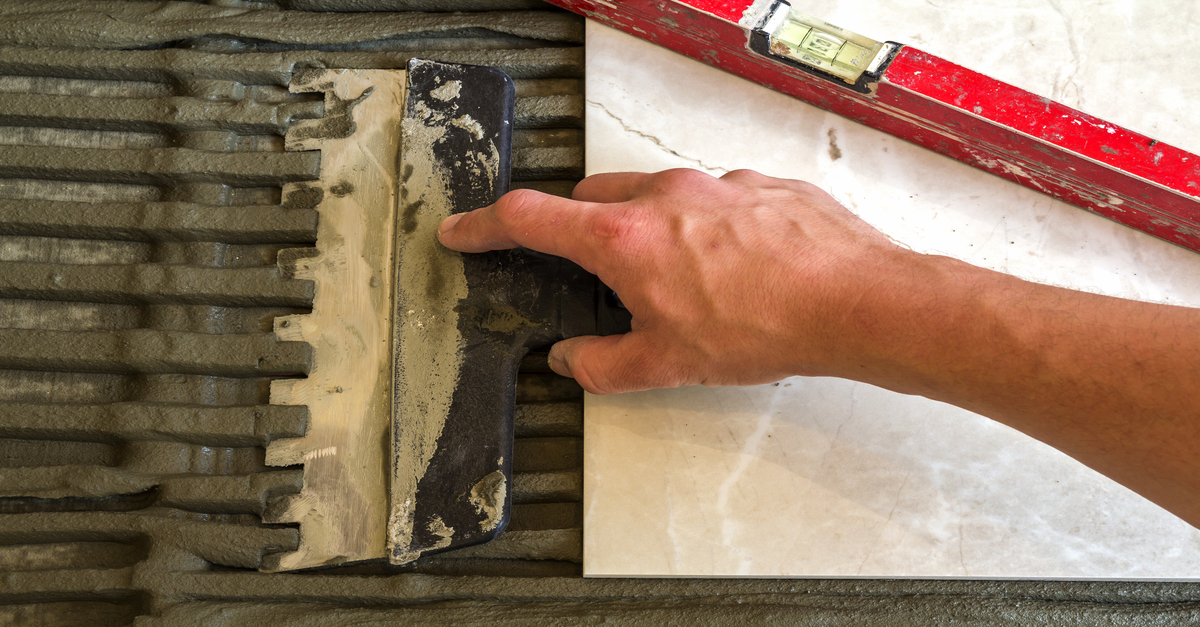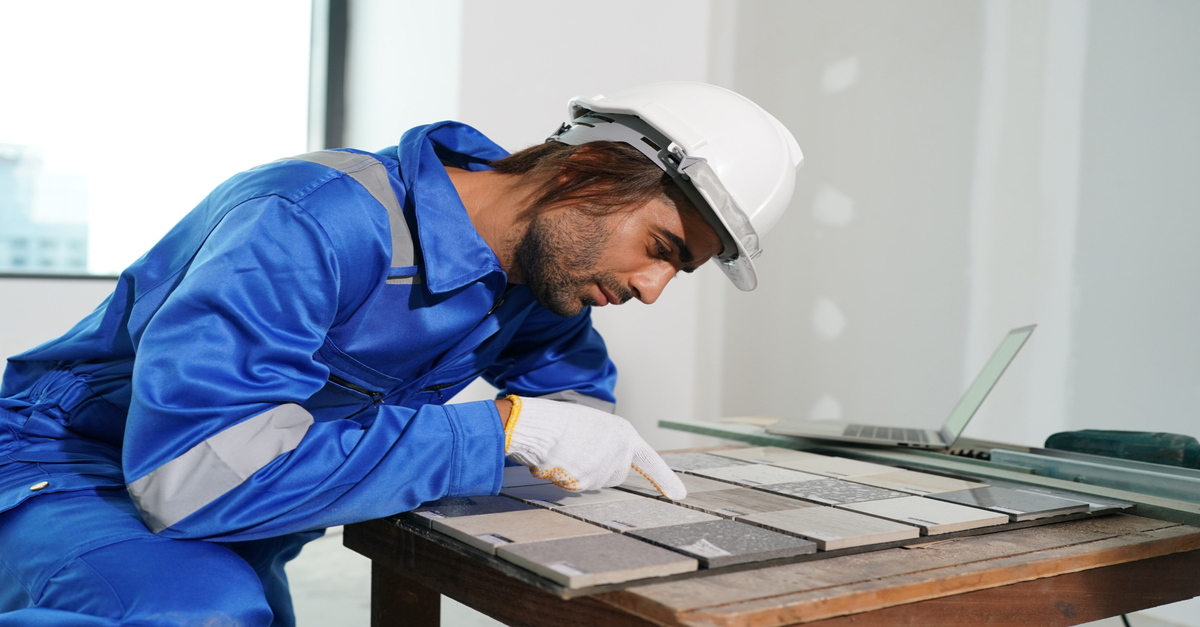
Table Of Contents
Cleaning Up After Tile Removal
After completing the tile removal process, it is crucial to focus on the cleanup to ensure a smooth transition to the next steps in the renovation process. Start by removing any debris and remnants of the tile that may have been left behind. Utilize a broom and vacuum to thoroughly clean the area, paying special attention to corners and edges where tile fragments might be lodged. Remember to wear appropriate protective gear throughout this stage to avoid any injuries from sharp edges or dust particles.
Once the visible remnants of the Tile Removal have been cleared, inspect the subfloor carefully to ensure it is free from any remaining adhesive. Use a suitable adhesive remover to tackle stubborn adhesive residues, following the manufacturer's instructions for best results. This step is critical to guarantee a clean and smooth surface for the subsequent stages of repairing and preparing the subfloor for new tile installation. By dedicating time to thorough cleanup after tile removal, you are setting a solid foundation for the upcoming renovation tasks.
Remove any remaining adhesive with a suitable adhesive remover
When finishing the tile removal process, one crucial step is to eliminate any lingering adhesive efficiently. An effective approach is to employ a suitable adhesive remover that can help dissolve and loosen the adhesive from the subfloor. To start this phase of the project, carefully apply the adhesive remover according to the manufacturer's instructions, ensuring thorough coverage over the affected areas. This method will aid in softening the adhesive, making it easier to scrape off without damaging the subfloor underneath. Be patient during this stage as it may require some time for the adhesive remover to fully break down the stubborn residue left behind from the Tile Removal process.
Once the adhesive has been adequately softened by the adhesive remover, use a scraper tool to gently lift and remove the adhesive from the subfloor. Take care not to apply excessive force while scraping, as this could cause unwanted damage to the subfloor or create an uneven surface for the new tile installation. After successfully removing the adhesive, thoroughly clean the subfloor to ensure it is free from any remaining debris or residue that could affect the adhesion of the new tiles. This comprehensive cleaning step is essential in preparing the subfloor for the subsequent stages of inspecting and repairing any damage before proceeding with the new tile installation process.
Inspecting the Subfloor for Repairs
When inspecting the subfloor for repairs post-tile removal, it is crucial to meticulously examine the entire surface. Check for any signs of damage, such as cracks, warping, or water damage. These issues can compromise the integrity of the new tile installation if left unaddressed. Inspecting the subfloor thoroughly ensures a solid foundation for the forthcoming tile project.
Additionally, focus on identifying areas where the tile adhesive may still be present. Residual adhesive can affect the adhesion of the new tiles and lead to uneven surfaces. Utilize a suitable adhesive remover to eliminate any remnants of adhesive, ensuring a clean and smooth subfloor for the subsequent tiling process. This step is fundamental in preparing the subfloor for the installation of new tiles.
Check for any damaged areas that may need to be repaired
When carrying out Tile Removal, it is essential to inspect the subfloor thoroughly for any damaged areas that may need repairs before installing new tiles. Begin by examining the entire surface for cracks, holes, or any signs of water damage. It is crucial to address any issues with the subfloor to ensure the longevity and stability of the new tile installation.
If you come across damaged areas during the inspection for Tile Removal, take the time to repair them before proceeding with the new tile installation. Whether it's a minor crack or a more significant issue like water damage, addressing these problems promptly will prevent further damage and ensure a smooth and durable surface for the new tiles. Remember that a well-prepared subfloor is essential for the success of your tiling project, so investing time in repairs now will save you headaches in the future.
Repairing and Preparing the Subfloor for New Tile
After completing the Tile Removal process, it is essential to inspect the subfloor for any damages that may need repairing before laying down new tile. Check thoroughly for any holes, cracks, or uneven surfaces that could affect the new tile installation. Addressing these issues beforehand will ensure a smooth and durable foundation for the new flooring.
Once any damaged areas have been identified, proceed to repair them promptly. Fill in all holes and cracks with a suitable filler that matches the subfloor material. Take the time to provide a stable and even surface for the new tile to prevent any future problems with the flooring. Adequately preparing the subfloor will not only contribute to the aesthetics of the finished tile work but will also enhance the longevity of the flooring.
Fill in any holes or cracks with a suitable filler
After completing the tile removal process, be sure to thoroughly inspect the subfloor for any holes or cracks that may have been uncovered during the removal. It is important to address these imperfections before installing new tiles to ensure a smooth and even surface for the new flooring. Use a suitable filler to fill in any holes or cracks, ensuring that it is applied evenly and allowed to set properly before continuing with the next steps in the tiling process.
Repairing any damage caused during the tile removal process is crucial to the successful installation of new tiles. By filling in any holes or cracks with a suitable filler, you can ensure that the subfloor is level and sturdy, providing a solid foundation for the new tiles to be laid upon. Taking the time to properly address any imperfections will result in a professional-looking finish that will enhance the overall appearance of the space.
FAQS
What tools are needed to remove tile?
Some common tools needed to remove tile include a hammer, chisel, putty knife, and a pry bar.
Can I reuse the removed tiles?
It is possible to reuse removed tiles if they are in good condition and have been carefully removed without damaging them.
How do I protect myself while removing tile?
To protect yourself while removing tile, wear safety goggles, gloves, and a dust mask to prevent injuries and exposure to dust and debris.
Should I hire a professional to remove tile?
Hiring a professional to remove tile is recommended if you are unsure of the process or if the tile removal involves specialized tools or materials.
How can I dispose of old tiles responsibly?
To dispose of old tiles responsibly, you can contact your local waste management facility for guidance on proper disposal methods such as recycling or landfill options.


